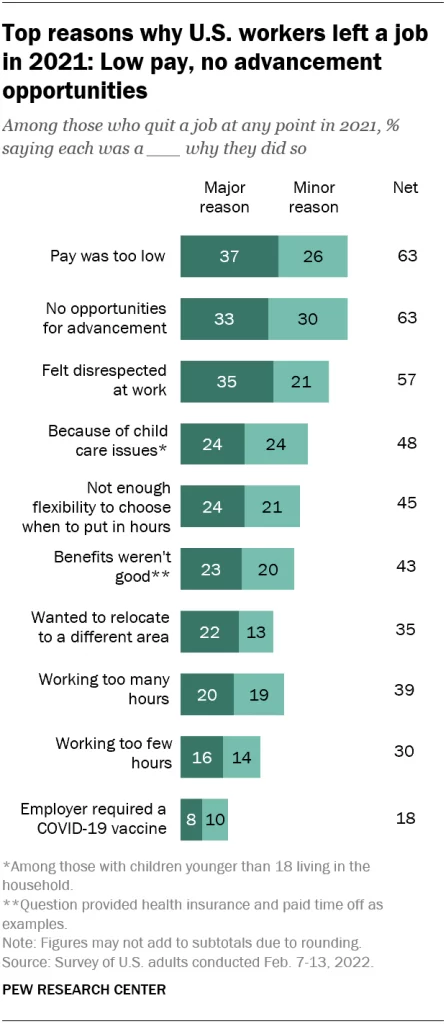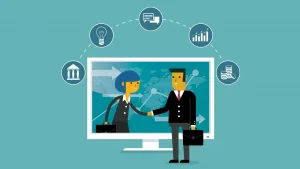Navigating the Future of HR with AI: Balancing Promise and Caution
Samantha Badr
As an HR professional with a keen interest in embracing new technologies, it’s hard not to notice the growing influence of Artificial Intelligence (AI) in the world of Human Resources. I’ve had the pleasure of using several AI tools for some HR functions, and the potential is there. Is it too good to be true, though? Will this technology completely revolutionize HR and the world around it… or will it contribute to the demise of human connection – the sole purpose of HR departments?
According to recent research conducted by SHRM, 1 in 4 organizations are already leveraging AI to streamline and enhance their HR-related activities, including recruitment and hiring. This data brings both excitement and concern to the table, as we venture into the world of AI-driven HR practices.
The Promise of AI in HR
Undoubtedly, AI has revolutionized the HR landscape, providing tools that can significantly improve operational efficiency and decision-making. The SHRM research highlights that 85% of employers have reported time savings and increased efficiency due to AI. This is largely due to AI’s ability to automate repetitive tasks, from sorting through resumes to identifying qualified candidates. This not only saves time but also enables HR professionals to focus on more strategic aspects of their roles.
One of the most notable applications of AI in HR is within the realm of recruitment and talent acquisition. With AI tools analyzing job descriptions for potential biases and pre-screening resumes, the potential for a more diverse and inclusive candidate pool could be heightened. Moreover, the capability of AI to analyze employee feedback can provide invaluable insights into areas of improvement and employee satisfaction, enabling organizations to make data-driven decisions that enhance workplace culture and engagement.
Challenges and Considerations
However, like any technological advancement, AI comes with its set of challenges and concerns. While AI has demonstrated its ability to improve HR functions, the issue of bias and fairness cannot be ignored. It’s essential to note that 1 in 4 organizations are planning to increase their use of AI in the next five years, but this progress must be coupled with thorough evaluations of AI tools to ensure they comply with equal employment opportunity laws.
A significant point of concern is AI’s potential to inadvertently overlook or exclude qualified candidates, as reported by 19% of employers. This issue could be attributed to biases ingrained in the training data or the algorithms themselves. To address this, the Equal Employment Opportunity Commission (EEOC) has taken the initiative to ensure that AI systems align with civil rights laws, signaling the need for a regulatory framework to monitor and assess the fairness of AI-driven HR practices.
Balancing Innovation and Ethical Responsibility
While AI holds immense potential to transform HR practices, it’s crucial for HR professionals to exercise due diligence in their adoption of AI technologies. HR must work hand in hand with vendors to understand the transparency and validity of their AI tools. It’s encouraging to see efforts like the bill being considered in New York City, which mandates transparency about the use of AI technology in hiring decisions and enforces bias audits of AI products.
In our journey towards AI-driven HR, it’s essential to remember that AI is not faultless, and its ethical implications must be continuously evaluated. We must ensure that AI-driven decisions do not perpetuate discrimination or biases, particularly with the legal framework of disparate impact in mind. As Illinois leads the way with its AI regulation law, we can anticipate more jurisdictions taking a stand on regulating AI use in HR.
Conclusion
The adoption of AI in HR is a transformative journey that promises efficiency, data-driven insights, and enhanced decision-making. However, we must tread carefully, ensuring that AI tools are free from biases and comply with existing legal frameworks. As HR professionals, we are presented with both the opportunity and the responsibility to navigate this path with care. Balancing the innovation AI brings, with the ethical considerations it demands, will be an ongoing challenge. Through collaboration, transparency, and thoughtful evaluation, we can harness the power of AI to shape a more inclusive, efficient, and effective future for HR practices. If you’re interested in seeing how AI tools can be beneficial, I used it to generate a title for me, as well as summarize some statistics for this blog. We can’t let the AI bots have all the fun, right?
For some laughs:










